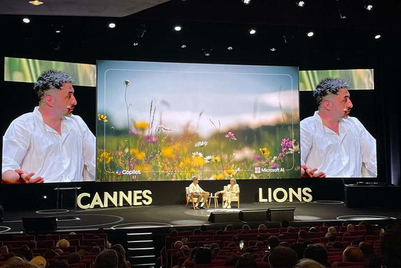
As any marketer fond of hyperbole will tell you, there are over two billion eyeballs in China. However, despite being freed by a four-year newsstand ban at the end of last year, Time magazine has not designated 2005 as the year to chase them.
"It's a tough market for the kind of journalism Time practices," remarks the publication's president, Eileen Naughton. "It's not to say there isn't a business opportunity out there, but with this magazine, there's no compromise."
Boosting circulation is not an overriding priority at Time, which can already claim one of the highest readerships for regional press in Asia.
Local language editions, one of the prime paths for global media to extend their reach, haven't proved overly lucrative in Europe, and are not on the radar in Asia, at least in the short term. "We run our business for profitability," Naughton says, "not necessarily for rate base growth year-on-year. That would be a fool's challenge."
Activity over the next 12 months will instead focus on the website - Time recently published its archive online and promises more enhancements to introduce the brand to a wider audience - and a new marketing campaign developed by Fallon in the US, due to roll out later this year with executions adjusted for the Asian market.
Time's robust readership, coupled with respected journalism, has made it an attractive proposition to advertisers. The magazine's success can count against it, however, commanding rates that while not expensive given its audience, can deter sectors seeking a more targeted and economical buy. Diversifying Time's advertising base is one of Naughton's biggest challenges. "We have every right to go after luxury advertising because of the nature of our audience," she declares.
"Being a generalist news and current affairs magazine cannot be a disadvantage," comments Anand Kalidasan, media director of Carat Singapore. "Time is in a strong position, but it needs to capitalise on this."
Time's new Fallon ads, carrying the tagline 'Knowing Why', are aimed just as much at the trade as they are at new readers. Compared with the business press, Time has been relatively quiet in the past, but Naughton has decided this will change. "We're going to get a little bit more aggressive in our international marketing in 2005," she vows, "to make sure Time gets paid attention to by the media-buying community and clients."


.jpg&h=334&w=500&q=100&v=20250320&c=1)


.png&h=334&w=500&q=100&v=20250320&c=1)




.png&h=334&w=500&q=100&v=20250320&c=1)

.png&h=268&w=401&q=100&v=20250320&c=1)
.png&h=268&w=401&q=100&v=20250320&c=1)

